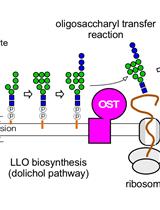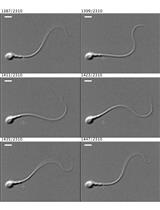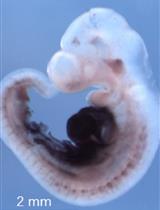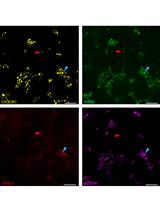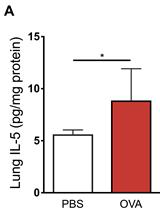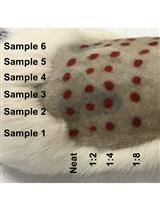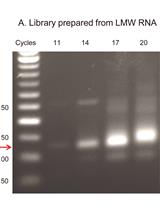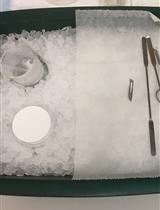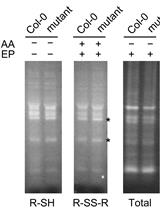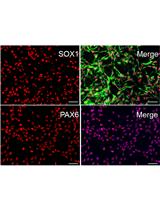往期刊物2019
卷册: 9, 期号: 5
生物化学
A Radioisotope-free Oligosaccharyltransferase Assay Method
一种非放射性同位素寡糖基转移酶测定方法
细胞生物学
Single-cell Motility Analysis of Tethered Human Spermatozoa
人类精子的单细胞运动分析
A New Efficient Method for Measuring Oxygen Consumption Rate Directly ex vivo in Human Epidermal Biopsies
一种直接离体测量人体表皮活检耗氧率的新方法
发育生物学
An Improved Staining Method for Low Signal LacZ Reporter Detection in Mouse Embryos
一种改进的可用于检测小鼠胚胎弱 LacZ 报告信号的染色法
免疫学
Characterization of Mouse Adult Testicular Macrophage Populations by Immunofluorescence Imaging and Flow Cytometry
免疫荧光成像和流式细胞术鉴定小鼠成人睾丸巨噬细胞群体
Early Life Ovalbumin Sensitization and Aerosol Challenge for the Induction of Allergic Airway Inflammation in a BALB/c Murine Model
BALB/c小鼠模型中早期卵白蛋白致敏和气溶胶攻击诱导的过敏性气道炎症
Quantification of Serum Ovalbumin-specific Immunoglobulin E Titre via in vivo Passive Cutaneous Anaphylaxis Assay
通过体内被动皮肤过敏试验定量血清卵清蛋白特异性免疫球蛋白E滴度
分子生物学
QsRNA-seq: A protocol for Generating Libraries for High-throughput Sequencing of Small RNAs
QsRNA-seq: 小RNA高通量测序文库构建方案
神经科学
Acute Cerebellar Slice Preparation Using a Tissue Chopper
使用组织切碎机快速制备小脑切片
植物科学
Detection of Disulfides in Protein Extracts of Arabidopsis thaliana Using Monobromobimane (mBB)
单溴二甲双胍 (mBB) 检测拟南芥蛋白质提取物中的二硫化物
干细胞
Differentiation of Human Induced Pluripotent Stem Cells (iPSCs) into an Effective Model of Forebrain Neural Progenitor Cells and Mature Neurons
人诱导多能干细胞 (iPSCs) 分化为前脑神经祖细胞和成熟神经元的有效模型



